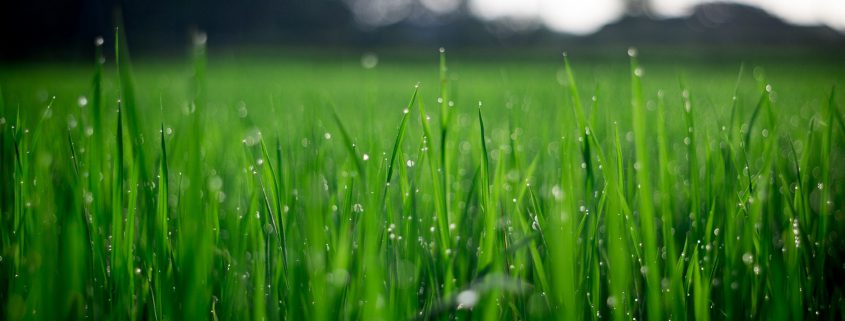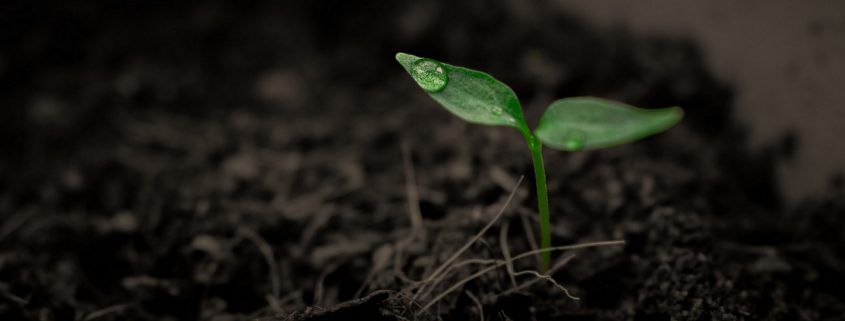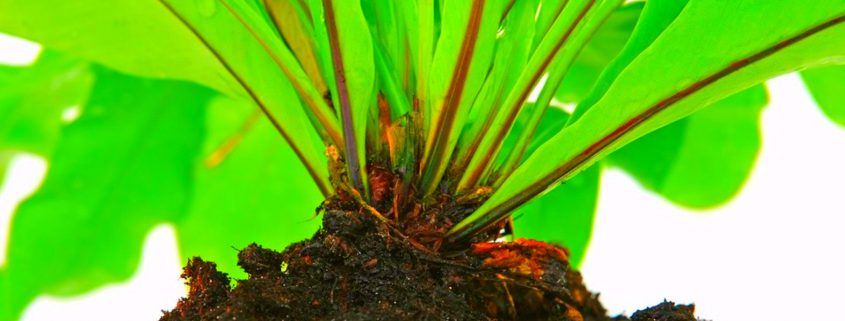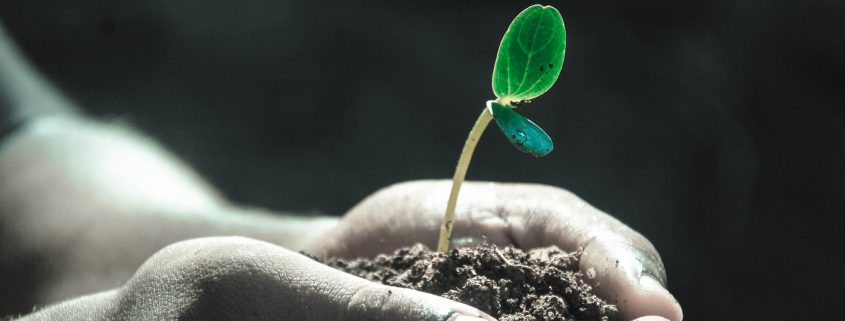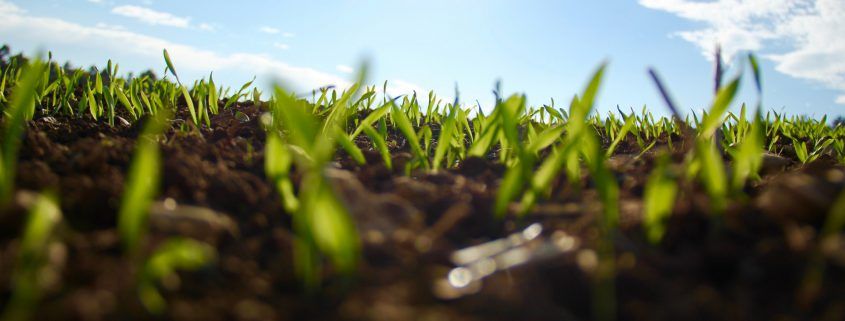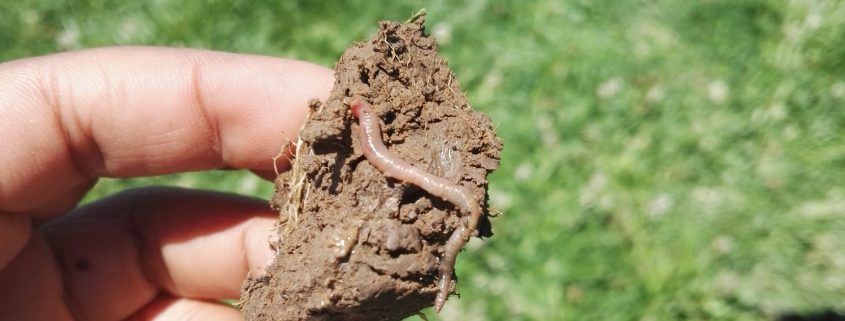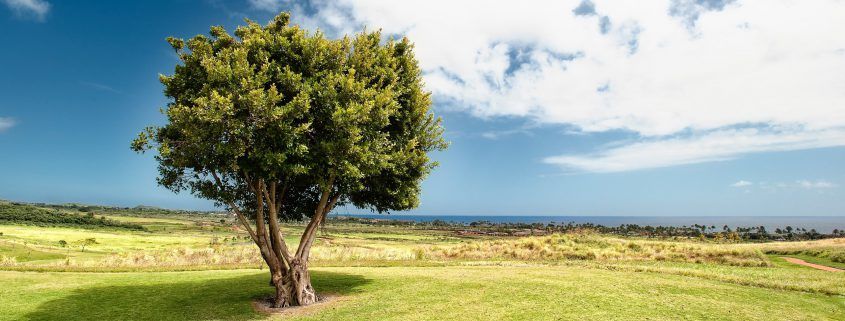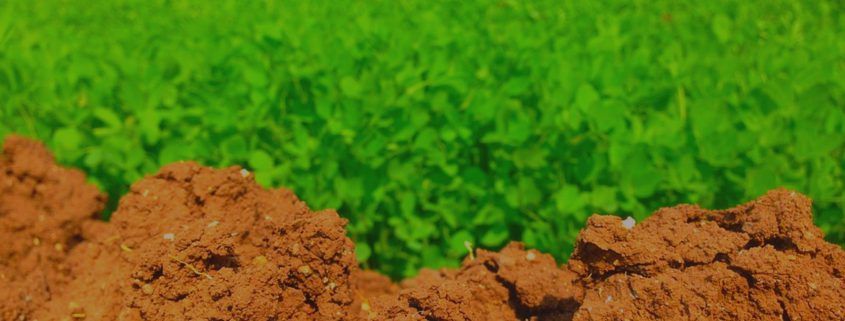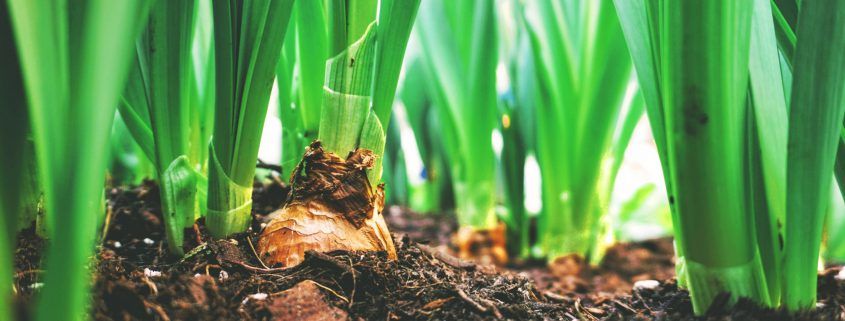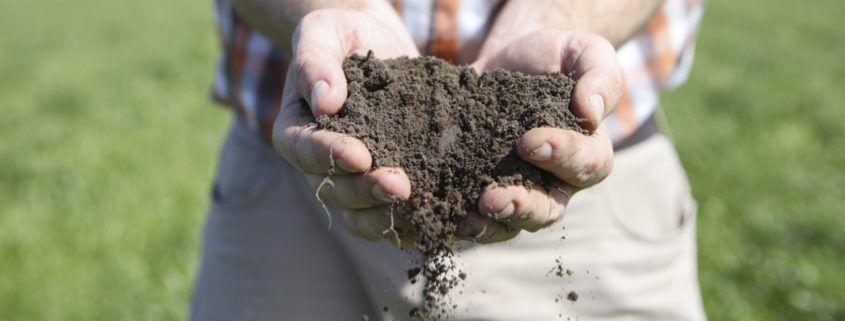How we are wasting money and nutrients, and negatively impacting the environment
There is a lot more nutrient cycling taking place than just what is put into the soil through fertiliser, and taken out in grass and eventually milk. In order to develop a more efficient nutrient cycling system, farmers have to take into account the various losses and sources of nutrients.
Carbon farming: Regenerative agriculture at work
This is part of the reason why Trace & Save initiated the carbon farming project. It is a central place where information on sustainable farm management can be transferred, a place where the commonality is caring for our soils and their health. Caring for our soils is caring for the future.
Rhizosphere: The Carbon Stock Exchange Centre
Plants are made-up of many components which each play an important role in the plants’ functioning. The part with the most important role of all is the leaf. This is where the core of the plants defensive and growth systems are initiated.
What if agriculture could actually have a positive impact?
Regenerative agriculture is an approach to farming that aims to restore soil, reduce erosion, increase soil carbon levels, enhance biodiversity, improve water cycling, enhance ecosystem services and generally restore and improve the health of the entire agroecosystem.
The underground revolution
In essence it entails learning from what happens in nature and implementing it in our intensive agricultural systems, so that we can benefit from the services that soil provides in nature.
Soil aggregates: the armour in your soil
As a farmer, your primary use for soil is for growing crops. Soil fulfils this function by being an anchor for plant roots and a store for water and nutrients. One of the soil properties that ensure that this happens effectively is soil structure.
Soil, where carbon belongs
So what is soil and how can it sequester carbon? Soil is a living miracle. In one handful of soil; there are more organisms than there are humans on earth. We are now only beginning to understand this vast network of beings right under our feet.
Soil food web series: Kingdom Protista, the catalysts in the mineralisation process
Protists are a group of microorganisms that did not tick all the boxes to be called bacteria, fungi or nematodes. These microorganisms play a crucial role in the mineralisation process.
Photosynthesis – the true source of soil carbon
The original source of carbon in the roots is atmospheric carbon dioxide. Photosynthesis is a process which everyone has heard of, and probably studied at school, but I don’t think we fully realise and appreciate its uniqueness and value.
Soil is a living ecosystem that sustains life
Farmers have the potential to significantly increase the productivity of their farm, and decrease their environmental impact, by implementing practices which improve the health of their soil.

